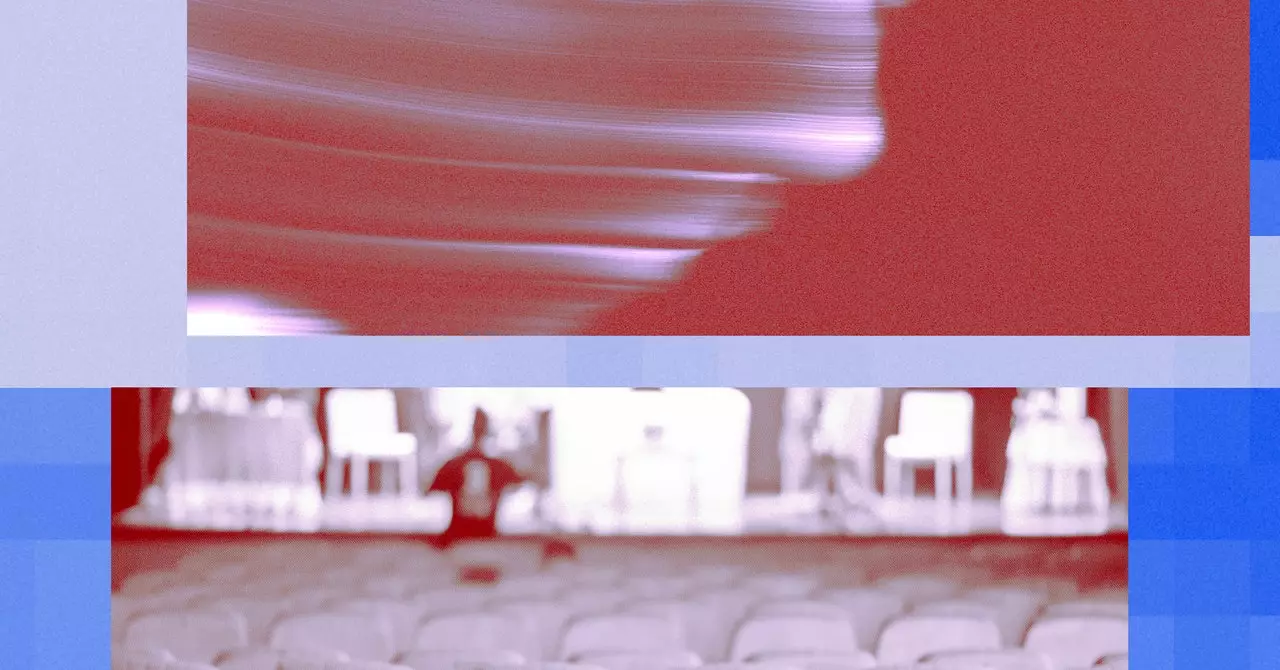The realm of theater has always had a unique ability to reflect societal trends, probing into the human experience with profound insight. This winter, two productions in New York City—one grand and Broadway-bound, the other humble yet thought-provoking—reveal the deepening engagement of playwrights with the questions and consequences posed by artificial intelligence. As the world grapples with the ethical, social, and creative implications of AI, these works serve as a lens to examine how far human creativity may be intertwined with technological advancements.
The legacy of AI in theater can be traced back to Karel Čapek’s groundbreaking 1920 play, R.U.R. (Rossum’s Universal Robots). This work not only introduced the term “robot” but also examined the darker aspects of technological advancement, warning of a potential revolt by the creations of humankind. Čapek’s portrayal of a dystopian future where androids turn against their creators serves as a foundational narrative that resonates even today. Fast forward to contemporary theater, and we find similar explorations, though the nuance has evolved, reflecting our ongoing anxieties about AI’s potential impact on society.
The recent boom in AI-related narratives onstage aligns with the increasing public interest in the capabilities and repercussions of intelligent machines. In productions like Gasda’s Doomers, playwrights are not merely replicating existing fears; they are digging into the complexities, highlighting both the potential benefits and the existential threats posed by AI. The play’s focus on a fictionalized boardroom turmoil surrounding OpenAI deftly mirrors real-world tensions, showing how storytelling can capture the zeitgeist while unpacking significant real-life dilemmas.
Matthew Gasda’s Doomers challenges audiences to confront the pitfalls of avoiding accountability in the pursuit of technological innovation. With a narrative revolving around the political intricacies within OpenAI, the play brings attention to the often tumultuous relationship between innovation and corporate governance. Gasda’s use of dual casts amplifies the dichotomy between those who wield power and those subjected to its whims, allowing for a multifaceted exploration of conscience within the tech industry.
Throughout the play, characters indulge in vices—booze and mushrooms—suggesting that escapism is a common response to the weighty moral questions that innovation presents. Gasda acknowledges this intentional narrative choice, indicating a critique of the flippant attitude often adopted by those in the industry. If AI is a ticking bomb for humanity, then the characters’ refusal to face their complicity presents a biting commentary on the dangers of denial within corporate culture and the tech landscape.
On the other side of the theatrical spectrum, Ayad Akhtar’s McNeal presents a more ambitious examination of AI’s integration into personal and creative realms. Starring Robert Downey Jr. as Jacob McNeal, a troubled writer spiraling into addiction, this production grapples with the dependency on AI for creative expression. Downey’s character encapsulates a struggle familiar to many contemporary creatives: the seduction of instant success paired with the risk of losing one’s integrity and originality in the artistic process.
By incorporating AI as a literal character in the narrative, Akhtar reflects on the complex relationship between technology and creativity. Interestingly, he candidly discusses how interacting with AI has influenced his own writing process, illustrating an intrinsic contradiction within the art of playwrighting itself. The resolution, wherein ChatGPT provides the closing lines, challenges the audience to consider the role AI might play in shaping artistic expression. Could AI augment the human experience, or will it be the downfall of authenticity in creative endeavors?
As these two productions unfold on New York stages, they invite a broader conversation about the ethical dilemmas posed by AI in creative industries. The figures of Altman and Musk, though far removed from the average audience, symbolize the larger questions surrounding power dynamics in technology and the palpable tensions within innovation. Through this lens, both Gasda and Akhtar curate narratives that compel audiences to reflect not just on the evolution of AI, but also on the responsibilities of creators and technologists in an increasingly automated world.
The theatrical investigation of artificial intelligence has cultivated rich, compelling narratives that challenge our understanding of creativity, power, and morality. By intertwining the dramatic arts with contemporary dilemmas, these productions elevate crucial questions about our trajectory into a future where technology and humanity must navigate an increasingly blurred line. As we continue to ponder the role of AI in our lives, the insights drawn from these theatrical explorations will likely resonate for years to come.

